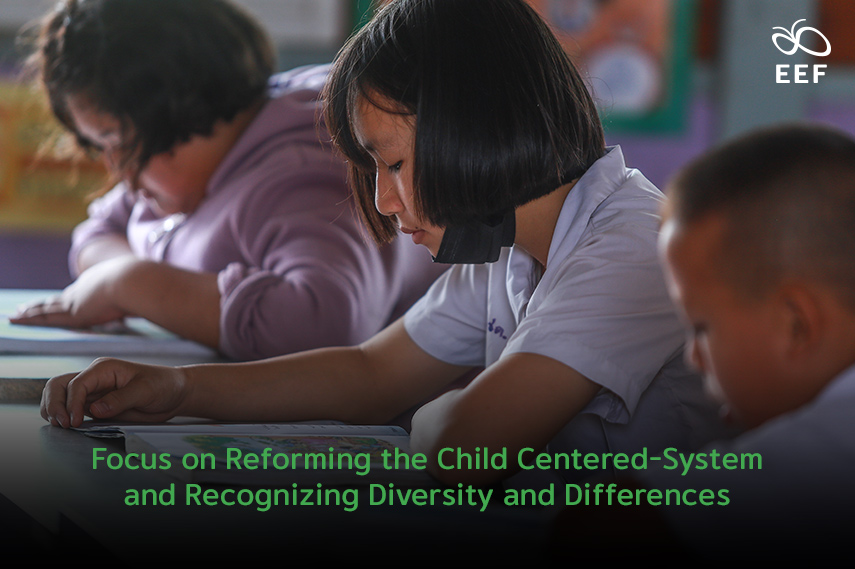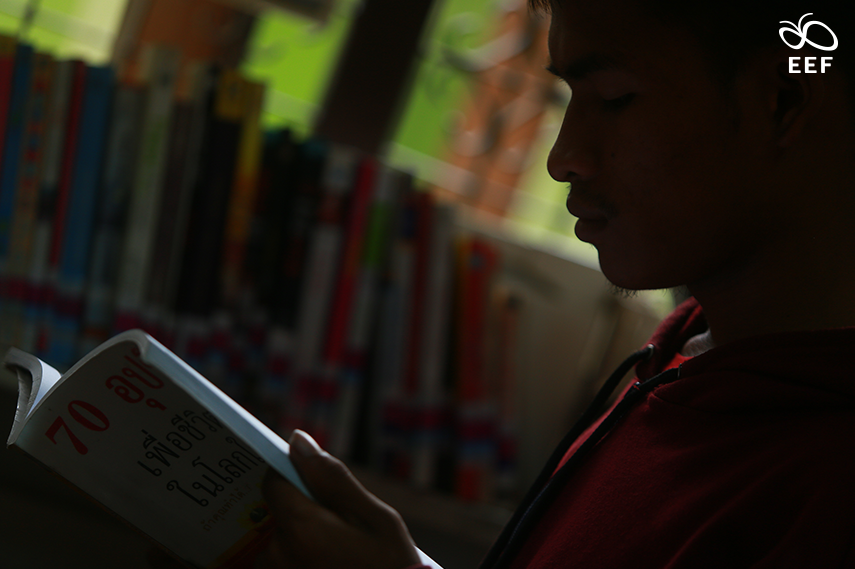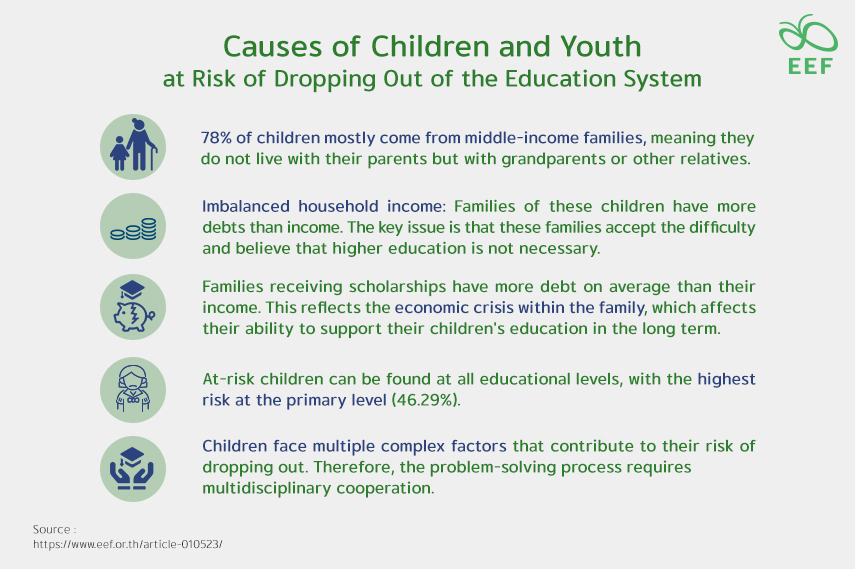
Propose a solution to the “Education Crisis,” which is a major challenge for the country, through “Innovative Educational Alternatives.” Aim to address the dropout of children from the repetitive education system by up to 85%.
The education crisis, which is a major challenge for the country
During the transitional period of the government, politicians or ministers who come into power must understand that the education crisis, as a major challenge for the country, includes the following:

- Children experiencing a regression in learning. There have been children coming from disadvantaged families, increasing by 300,000 to 400,000, and children dropping out of the education system, increasing by 200,000 to 300,000. If we don’t address these issues, in the future, we will lose an entire generation of Thai children who will face problems with both literacy and mental health.
- Increasing poverty. The persistent problem is the intergenerational transmission of poverty. The new government should take examples from the Department of Skill Development as a foundation, even though it is a government agency, it operates with an open and communicative approach. It utilizes knowledge to help children learn and have careers, offering better opportunities than children from outside. Another important issue is the need to reform the bureaucratic system of the Ministry of Education to avoid an inflexible education system like the current one. This includes adjusting ways of thinking, principles, and finding networks to participate in educational development, diversifying and differentiating the curriculum, and fostering various innovations such as Education Cards for student learning and Mobile Schools for transferable learning credits. By providing clear alternative educational paths, every child will have equal opportunities for learning.

The goals of the Equitable Education Fund (EEF) Thailand: are Alternative Education and System Change.
“The main goals of EEF are Alternative Education and System Change. Therefore, in the next 3 years, it is necessary to rely on the network of alternative education innovations, which are open education initiatives that arise from network collaborations. In order to achieve this, if the Ministry of Education can reform the system by focusing on children as the core and recognizing diversity, and if education can be provided in various forms and systems, it will better meet the needs of children. Therefore, I hope that everyone can open their minds, accept and collaborate together. These various innovations will help solve problems and provide alternative paths for education to children. The current education system has many barriers and regulations, so it is necessary to relax and reduce these regulations. When children are no longer confined, they will become a workforce for life.”

“In the past, we have encountered out-of-system children who belong to vulnerable groups, totaling 15 groups. The challenge is how to bring these groups together to assist and support children with diverse problems and needs. To tackle these complex and severe problems, we need people who understand and manage them, who can truly understand how children think and their subculture. This year is a challenging year. It is a year where we must devote ourselves, where work requires more than just our hearts and feelings. We must coordinate with all parties so that children can survive and have a bright future… We must walk this path together.” said Professor Dr. Sompong Jitradap, a consultant for the Equitable Education Fund (EEF) Thailand.

Causes of Children and Youth at Risk of Dropping out of the Education System
- 78% of children mostly come from middle-income families, meaning they do not live with their parents but with grandparents or other relatives.
- Imbalanced household income: Families of these children have more debts than income. The key issue is that these families accept the difficulty and believe that higher education is not necessary.
- Families receiving scholarships have more debt on average than their income. This reflects the economic crisis within the family, which affects their ability to support their children’s education in the long term.
- At-risk children can be found at all educational levels, with the highest risk at the primary level (46.29%).
- Children face multiple complex factors that contribute to their risk of dropping out. Therefore, the problem-solving process requires multidisciplinary cooperation.

